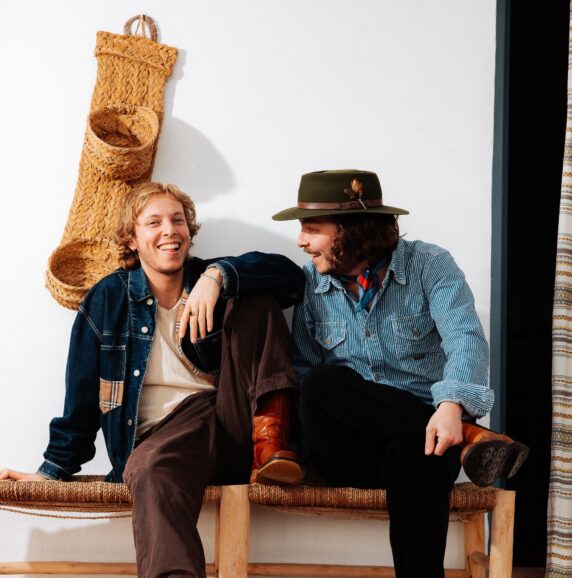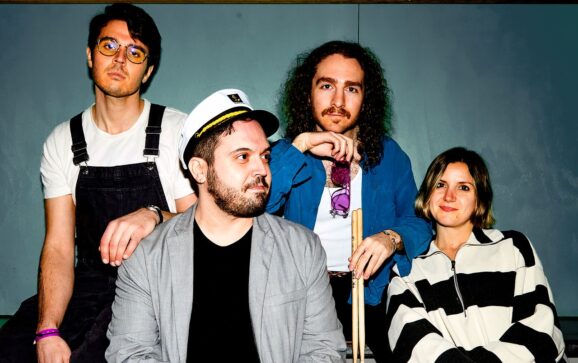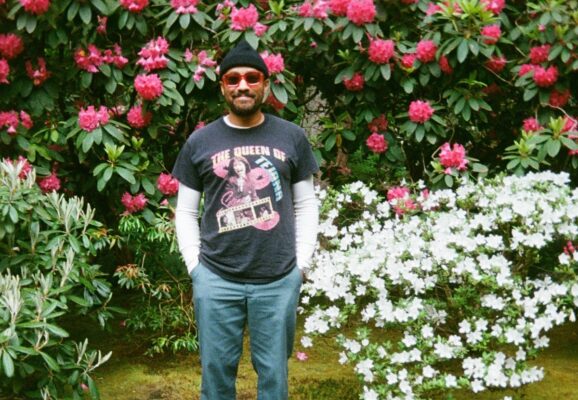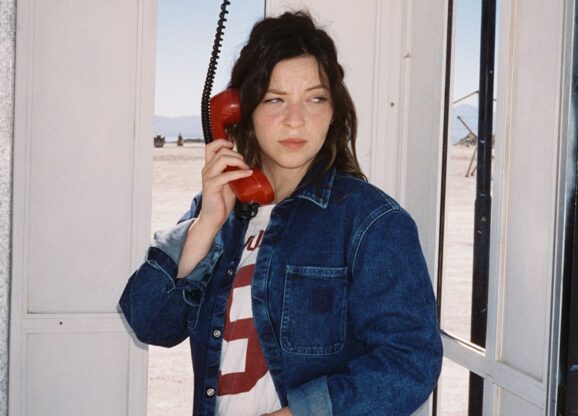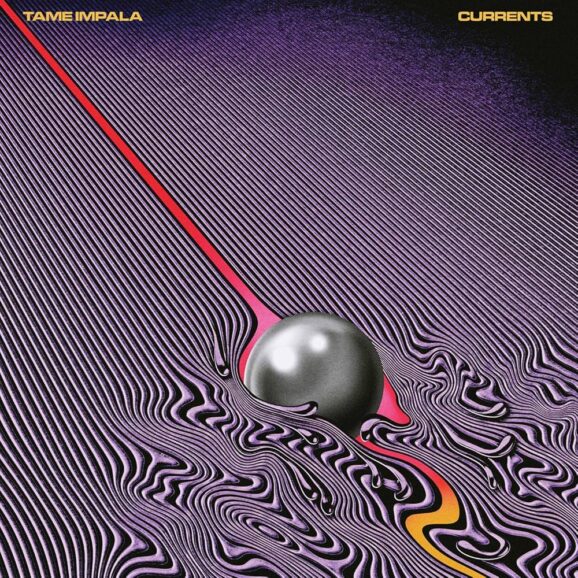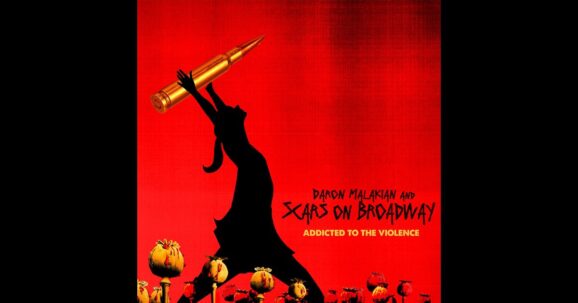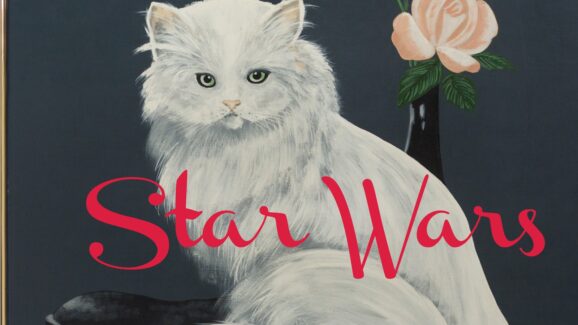It may come as a surprise but Gov’t Mule has never released an album devoted strictly to the blues. It’s not that they’ve ignored the genre, not by a long shot. It’s just they’ve stirred the blues so well into the music they make, you’ve naturally associated their sound with having all those great assets that the blues carries within it and created their own sound. But Warren Haynes felt it was time to put the full spotlight on the music he has always loved and give it the Gov’t Mule treatment by staying traditional but updating it just a bit with a twist.
What all this means is that fans will be getting a huge dose of Gov’t Mule blues come November 12th with Heavy Load Blues and Haynes, Matt Abts, Danny Louis and Jorgen Carlsson did it all old-school. From recording in a tiny room all together to the instruments they played, they wanted to capture as much of that vintage blues atmosphere as they could. Bringing up the bones of Howlin’ Wolf, Junior Wells, Elmore James, Muddy Waters, Robert Johnson and Son House, the resulting album brings chill bumps up your spine. Haynes’ voice is incredibly matched to the songs they’ve chosen, including some originals, that you’ll wonder why they haven’t done this more often.
For Haynes, this is something he has been contemplating for some time now. “In some ways, I’ve been preparing for this for years and years,” Haynes said in a promotional video about the album. “I didn’t know if this was going to be a Mule record or a solo record or what but I’ve been jotting down ideas about blues songs that I always wanted to cover and thinking about ways of twisting and turning them into different directions.” The culmination is one for the ages. Their rendition of “Snatch It Back & Hold It” alone is spellbinding. “We had never played that middle section prior to recording it,” Haynes revealed. “It was virtually a jam, and in that sense, it kind of referenced what we normally do onstage. We get an idea and run with it to see where it winds up. It never turns out exactly like you plan it, which is great, because if it is good, it’s usually better than it would have been had you planned it a certain way.”

The acoustic “Heavy Load” and foot-tapping “Black Horizon” harken to the days of backporch playing while “Hole In My Soul” brings on the soulfulness you can only get from horns and an organ. “Wake Up Dead” is a finger in the face of reality, “I Asked For Water” is reminiscent of what Hendrix was doing with the Band Of Gypsies and they’ve finally put “If Heartaches Were Nickels” down on wax.
Haynes wrote or co-wrote six of the thirteen tracks. Although primarily recognized as a stellar guitar player and emotion-packed vocalist, his songwriting has been getting attention since his early years in music. Dickey Betts recognized it while Haynes was in his solo band, recording a song they wrote together called “Stone Cold Heart” on his 1988 album Pattern Disruptive. Gregg Allman recognized it, recording his “Before The Bullets Fly” on his 1988 album Just Before The Bullets Fly. And Garth Brooks recognized it, including a version of “Two Of A Kind, Workin’ On A Full House” on his insanely popular No Fences album in 1990. By then, Haynes was a member of the Allman Brothers Band, first appearing on their 1990 album Seven Turns. He would form Gov’t Mule in 1994 with Abts and ABB bandmate Allen Woody as a fun side-project. Twenty-seven years later, they are still going strong.
Haynes is such a sought-after artist, that he has played on more records than he probably remembers. Check him out on Ann Wilson’s rendition of Tom Petty’s “Luna;” getting funky on Jack Casady’s “Outside;” playing slinky slide on Kenny Wayne Shepherd’s “Every Time It Rains;” and rip-snorting up a storm with Black Stone Cherry on “Dancin’ In The Rain.” Not to mention the numerous live videos you can watch on YouTube with Haynes and such artists as Joe Bonamassa, Grace Potter, Dave Matthews, Lynyrd Skynyrd, Tedeschi Trucks, Sheryl Crow, Dr John and many others.
With the new Gov’t Mule album just a few weeks away, I spoke with Haynes about the blues and the songs he chose to record, the guitars he used, hearing Gregg Allman sing one of his songs for the first time, what he wanted when he formed Gov’t Mule and feeling a soul within an old guitar.
You’re not unfamiliar with the blues. You guys have been playing this music since the very beginning. So what were you wanting to capture the most about this music at this time?
Well, so much of what I do, and what Gov’t Mule does, is influenced by the blues anyway that if we were going to make an actual blues record, or what I consider to be kind of a traditional blues record, we wanted it to be not just a modern version of the blues but to try to capture sonically the way the old records sounded, the way they felt and the kind of philosophy that went into the way they’re made. Those old records were made very spontaneously without a lot of preparation, without a lot of time to spend, so it was very important to us that we captured what those records sound like in our heads these days, when you think about the way they sound.
We used all old vintage equipment, not just recording equipment but instruments and amps and keyboards and everything, and set up in a small room with no headphones, with all of us playing together. It was kind of like setting up like we were in a little small club on top of each other. We would record late at night and in some ways the mission was to kind of find a balance between being ourselves and paying homage to that music. That’s a line you can kind of draw on a song by song moment by moment basis. But we knew that we didn’t want it to sound like a normal Gov’t Mule record or even to sound like when we play the blues onstage, which we do from time to time. This was more of a gearshift, I think.
Which song do you think encapsulates everything you were striving for?
I think the version of “Snatch It Back & Hold It” that goes into that weird instrumental jam in the middle that we call “Hold It Back” and then goes back into “Snatch It Back & Hold It” kind of captures a little bit of everything we were trying to do because the main part of the song is very similar to the original version from 1965 and the middle part could have been recorded anytime between 1969 and yesterday, you know.
The lyrics in “Wake Up Dead” are so spot on. Was there anything in particular that inspired it and how old is that song?
It’s a pretty new song and I would say relationships. Being a musician who has been in the business a long time, I’ve had close personal relationships with many people that could be the person in that song. I’m reflecting on those relationships while writing it and while singing it. It is a personal song that way and oddly enough, when I wrote it, it was much slower and we changed it to the kind of up tempo feeling it has now. That was kind of a last minute thing. When we got to that point in the recording, we felt like we had enough mid-tempo songs and we needed something else up tempo and it just kind of transformed itself and wound up being an up tempo song, which was a pleasant surprise for me.
“Heavy Load” is very Son House-ish. Was it your original intention to keep it so minimal and so quiet instead of electrifying it more?
Yeah, I always knew that we may try it electric and see what happens but I was always hoping that it would stay that way because that’s the way I wrote it. I’m a huge Son House fan and I love that it stayed with that sort of stripped down approach. That one and “Black Horizon” both managed to stay that way and I’m really happy about that.
Which guitar did you use on “Heavy Load”?
On “Heavy Load” I am playing a 1929 Gibson L-1, which there’s only a handful of pictures of Robert Johnson and in one of the famous ones that’s what he’s playing. A lot of people refer to it as the Robert Johnson guitar because of that. I have an original one from 1929, which is the guitar I recorded for “Heavy Load” although it’s been repaired. The back is a new piece of wood because the original back disintegrated through the years.
Did you feel the soul inside that guitar?
Yeah, I think one of the things with old instruments is they definitely have their own personalities, and soul if you will. People say there are songs in those guitars and I know what they mean by that. It’s there’s been so many songs performed on those guitars through the years that in some way it would be kind of weird to assume that there weren’t songs inside them.
“If Heartaches Were Nickels” is such a great song but it’s not a new song
It’s not new in the way that I wrote it a long time ago. Joe Bonamassa recorded it a long time ago but I’ve never recorded it until now. I was glad that we decided to do it on this record. We’ve done it a handful of times live but not very much. But since we were making a blues record it seemed like the appropriate thing to do.
When you first started learning to play guitar, what was the hardest thing for you to get the hang of?
That’s a good question. I guess being able to not look at the guitar and just play instinctively. To this day, I still look at the guitar a lot when I’m playing but I spent some time in my early years practicing in the dark so I couldn’t see the neck of the guitar and I would be forced to make myself not look at the guitar. So if I played a wrong note it would just be a wrong note and I would learn from that and how to feel your way around without looking.

When did you learn to play slide and on what song and what guitar?
I started playing slide at a really early age. I would say maybe fourteen or fifteen. At that time I had a Gibson SG guitar. I first started playing it in standard tuning because I didn’t realize that some people tuned their guitars to a different tuning, like open E or open G, to play slide. Then once I discovered that, I started using the open tuning but I went back to playing mostly in standard tuning eventually because I felt like it gave me more of my own voice, since most people played it in open tunings. It allowed me to kind of express myself a little bit differently and not have to think about playing traditionally inside a certain tuning.
I can’t remember what the first song was but it could have been “Statesboro Blues” for all I know (laughs). I’m sure whatever it was it was painful (laughs). Slide guitar is tough in the beginning. It’s like violin. Since there is no definite fret place to put your fingers, the intonation is a little tricky and when you first start playing it sounds really bad. That’s why I say that.
What did you use as a slide?
In the beginning, probably, I think I had a glass slide that I bought in a music store but then after that I went to a brass one that I used for a long time. Now, I’m back to using glass and we paint the inside of the slide so they look very unique and also because of the paint on the inside it sticks to your finger better when you start sweating (laughs).
You played on Jack Casady’s solo record and you’ve played with him live. I talked to him last year and he told me that he was forever chasing tone. What has Warren Haynes forever been chasing?
I think I would have to agree with Jack. Tone is one of those things that is constantly evasive. You’re trying to capture some tone that is in your head and you might get it for a day or an hour or a few minutes. And you can get closer to it the longer you play and honing in on what guitars and amps and effects and equipment that you use. But somehow it doesn’t seem to matter. You can never get it exactly right. There are glimpses where it feels right and certain nights feel better than others. But it is a constantly evasive thing.
When you came into the Allman Brothers, you ended up with original songs on that first album with them and that’s not common usually for a new guy.
Well, I was in a unique position fortunately because before they asked me to join the Allman Brothers, I had been writing some with Dickey Betts, who was one of the founding members, and then Gregg Allman had just recorded one of my songs for his latest solo album at that time. So thinking of it that way, I had already been included as a songwriter in both of those two camps, which were the main two camps in that band. When they brought me aboard, it was as a songwriter as well as a musician. And I do feel very lucky to have been in that situation because it’s not something you can expect joining an institution like that.
When you heard Gregg sing one of your songs for the first time, how did that feel?
Amazing. I mean, he was one of my favorite singers since I first heard him when I was nine years old. Hearing Gregg sing one of my songs, it’s like Ray Charles or BB King or Otis Redding or somebody singing your song, it’s the ultimate fruition, I think, which leads me to when we recorded “Soulshine” with the Allman Brothers. That was Gregg’s idea. We had finished recording all the songs that we had rehearsed for the album and we had some time left over and Tom Dowd, the producer, said, “Why don’t you guys record another song. Anybody got any songs?” And Gregg said, “Hey man, let’s do your song ‘Soulshine.’” And he had never brought it up before as being an Allman Brothers song so I had never thought of it that way. But we started playing it and then hearing him sing it, I’m like, well, it’s an Allman Brothers song now after listening to that.
Who was the first real rock star you ever met?
Carl Perkins, I think, which is odd because I was too young to have been around for Elvis and Carl Perkins and Jerry Lee Lewis and all that stuff. But when I was around twenty or twenty-one, I wound up doing some shows that he was part of and he was very complimentary to me and very supportive of my playing. It really made a big impression.
Of all the songs you’ve recorded, which one took the longest to get right in the studio?
Let’s see, there’s a song on our second Gov’t Mule record called “I Shall Return” and I think we did more takes of that song than of any song we’ve ever done. It was a brand new song at the time and we had never really rehearsed it but for some reason it just took a long time to take shape.
What was the first song you remember hearing where the lyrics really stood out to you?
“Sounds Of Silence” by Simon & Garfunkel. I was so young when I heard it so I think the first thing that I was captivated by was the harmonies and the melody and just the chord progression in general. But the lyrics were so heavy but I was too young to know it. Something was hitting me and I couldn’t fully understand it but it was so heavy that it made this impression. Then as I would get older and start to understand it more, I was like, oh, of course, now I know why it made such an impression on me. But in the beginning, probably just the sound of it.
On the new album, did you have a goosebump moment with any of the lyrics?
Yeah, I think “Heavy Load.” That was the first take and it was just me and Danny doing it and I had kind of considered getting rid of some of the lyrics because there were so many but I couldn’t justify it from a story standpoint. I wanted to include them all. So that was really the first time I’d ever sung this song outside of just, you know, in my room singing it by myself, and it kind of gave me that feeling. I knew after we did the first take that that was the keeper take because I felt like it was the first impression for me.
You’ve played Jazz Fest many times. Can you share a favorite memory of playing there?
Oh there are so many but it probably has to be our show at the Saenger when we had all the guests that we recorded and filmed for The Deepest End. There were just so many amazing guests as part of that show and I think it’s the longest show we ever played. I think we played six hours. It’s still etched in my memory.

What were you looking for when you started Gov’t Mule and is that how it turned out?
Well, Gov’t Mule was started as a side-project to the Allman Brothers. Myself and Allen Woody, who was the bass player in the Allman Brothers, and Gregg Allman shared a tour bus and we were riding down the road one day on the bus listening to the Hendrix Experience or Cream or some old power trio and Woody commented that no one does that anymore. At that time, no one was doing the improvisational rock trio thing and he said, “You know, me and you and the right drummer could do that.” And I thought of Matt Abts and so we called Matt and said, “Hey, we’re going to be in LA in a few weeks, why don’t we get together and jam and see what happens?”
The intent was only to make some sort of low-budget one-off record, do a short little tour and then go back to our day jobs. We had no idea it was going to turn into a real band. So in that way, no it didn’t turn out the way I expected. It actually exceeded any of our expectations because it turned out to be something much more that we felt like deserved to be brought into the future.
What do you miss most about Woody?
Everything. I think about him all the time, you know. He was one of my closest friends, we were partners in crime and he was one of the funniest people I’ve ever met. We were constantly making each other laugh and having a musical connection with somebody to that extent is something you can’t take for granted. Some people never have that and I’ve been lucky enough to have had it several times in my life. Allen Woody was someone that I shared so many miles and so much music with and when we were onstage there was just this connection that happened without us speaking. We were kind of communicating through music in a way that’s uncanny, you know.
And you’re going to get to play some shows soon?
Yeah. We’ve done some already and I think in about ten days or something we’re going to start back. It feels good to finally be playing onstage again.
Portrait by Jay Sansone; live photo by Leslie Michele Derrough




